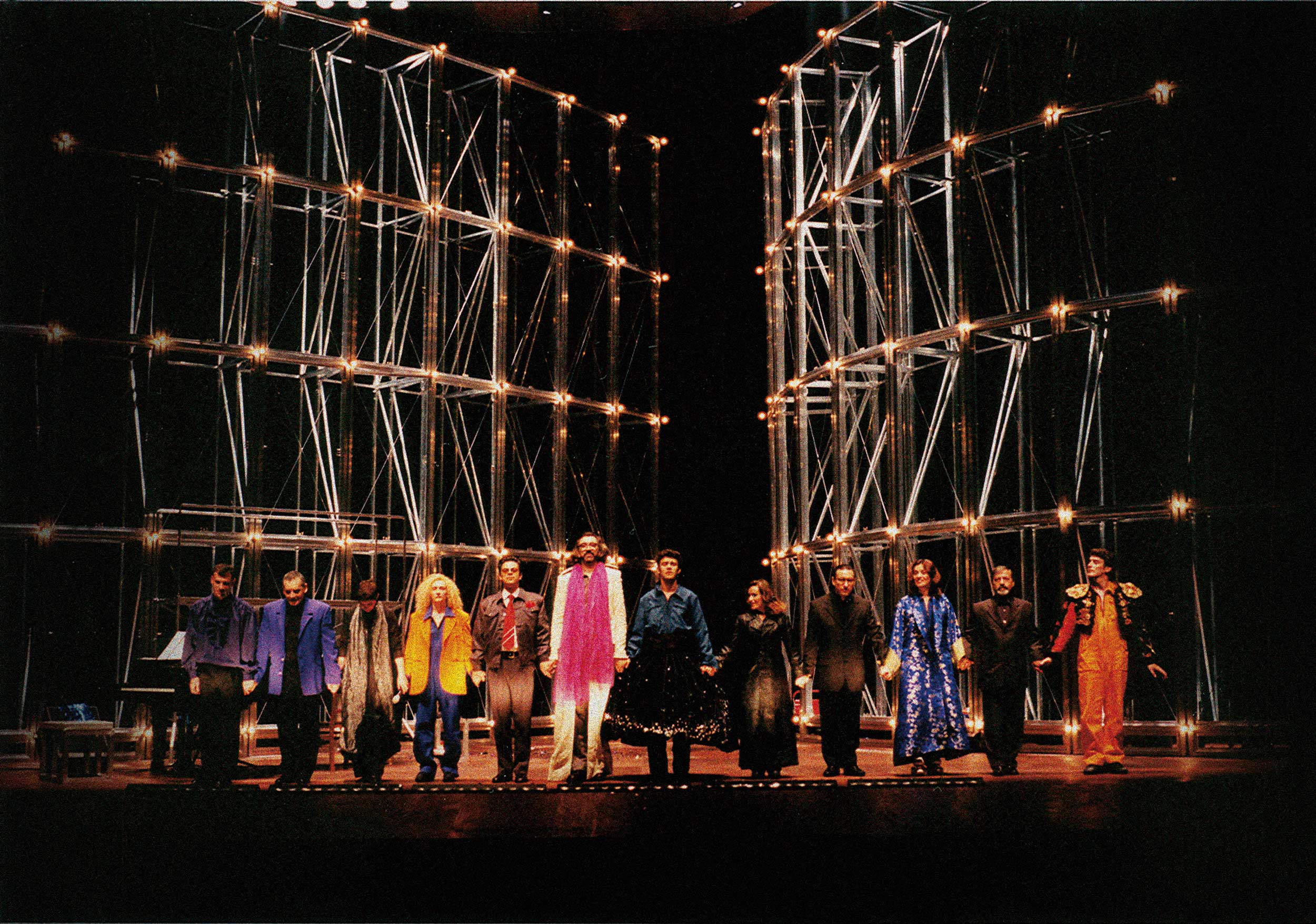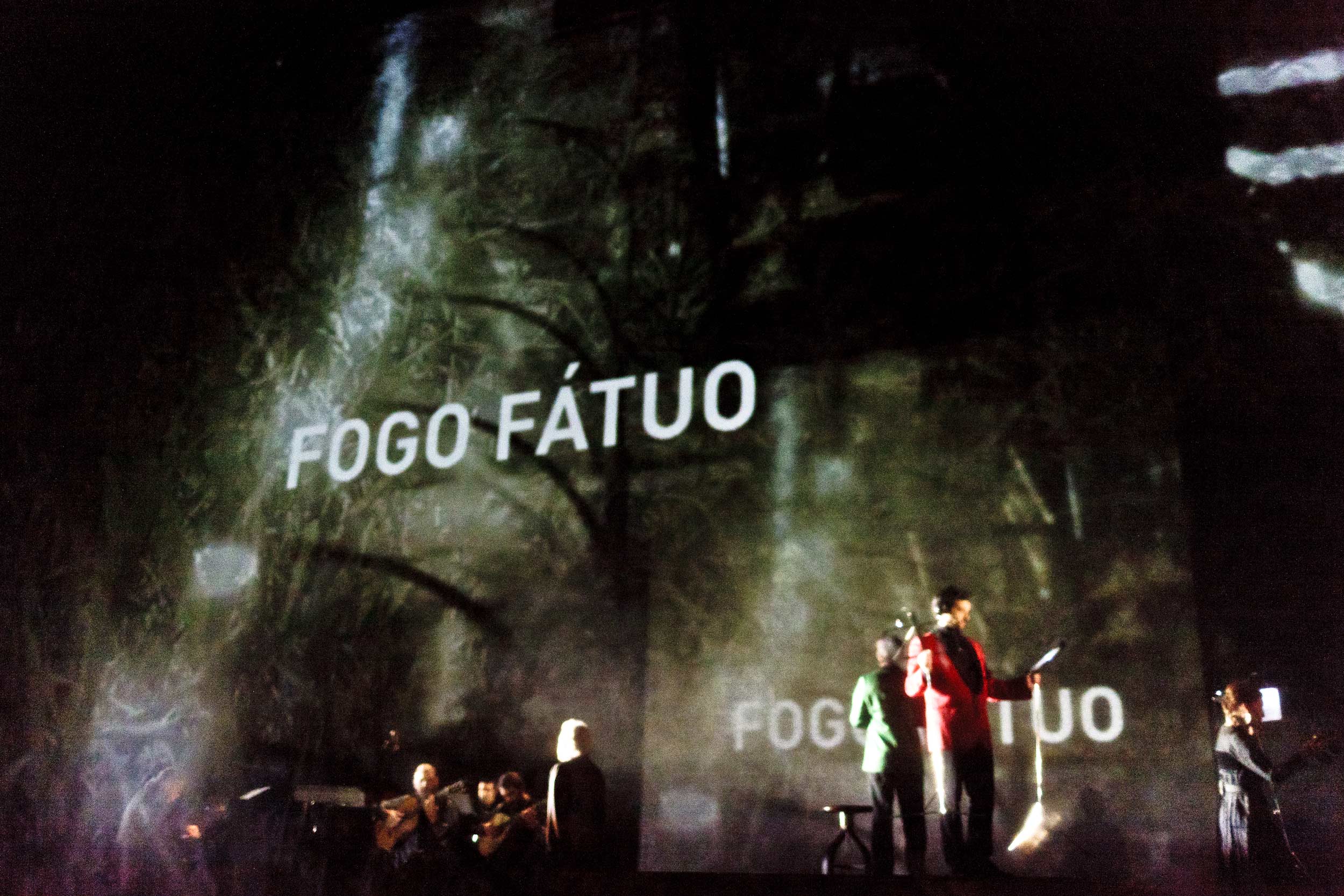Gravida proin loreto of Lorem Ipsum. Proin qual de suis erestopius summ.
Recent Posts
Sorry, no posts matched your criteria.

Exhibition at the Monastery of São Bento da Vitória
As part of the centenary celebrations of the National Theatre of São João, in the space of the Monastery of São Bento da Vitória, one can visit the exhibition “Noites Brancas”, which gathers objects and scenography of TNSJ shows, among which are the selected CNLL scenographies: “Sombras”, “Linha Curva, Linha Turva” and “O Grande Teatro do Mundo”.
Long live the theatre! Congratulations TNSJ!

History
Inaugurated on May 13th 1798, the Real Teatro São João was the first building built from scratch in Oporto to be exclusively dedicated to the presentation of shows. It would be destroyed by a fire on the night of April 11-12, 1908. In 1909, a public competition was launched for its reconstruction, from which the preliminary project signed by José Marques da Silva won. At the time of its inauguration, on March 7, 1920, the São João Theatre represented a compromise between technical innovation and the stylistic continuity of a traditional taste. After 12 years, the theatre is converted into a cinema and starts operating under the name of São João Cine.
Already in 1992, it is acquired by the State and assumes its current denomination: Teatro Nacional São João. At the end of that year and between 1993 and 1995, the building undergoes structural rehabilitation. The Ministry of Culture would create here the first National Theatre of the democratic era of the country, an essential piece of a policy of cultural decentralisation to the North. Inside this National Monument, a vibrant artistic project and a theatrical production structure of excellence were quickly established, combining the dissemination of the great national and universal dramatic repertoires and the actuality of the scene languages.
More informations www.tnsj.pt

“O Grande Teatro do Mundo is the culmination of the baroque dramatic poetry. The uniqueness of this work is due to the fact of embodying, better than any other, the aesthetics and poetics of the Baroque; the scenic quality of the archetype piece is representative of the purest and most refined concept of Baroque art in all its fullness and greatness. The seventeenth century theatrical overflow “should lead to the conscience of all, the feeling that life is itself a representation, that the world is a theatre” (Orozco), and Calderon the architect of this scenic theatrical era: the most symbolic playwright of the Baroque.

Linha Curva, Linha Turva // We stole a song’s title from the Três Tristes Tigres last album (and we will probably steal the song itself) to attribute names to a rare spectacle. Jeff Cohen, the admirable American pianist living in Paris, manages, together with Luís Madureira, a choice of actors, our employees, in a workshop developed in three periods from which a “recital” for piano and voice comes out. Random songs, music-hall songs or simply songs – the actors sing, in an apprenticeship of other musical-theatrical adventures that are a secret, for the time being…

Sombras is built in a sort of unusual scenic landscape, full of unexpected and contrasting events. It is a multidisciplinary show, decidedly set against the habits of the “merger” or “world music”. Fado is about a suffering heart and Fandango is about a kind of euphoric ride. Ricardo Pais